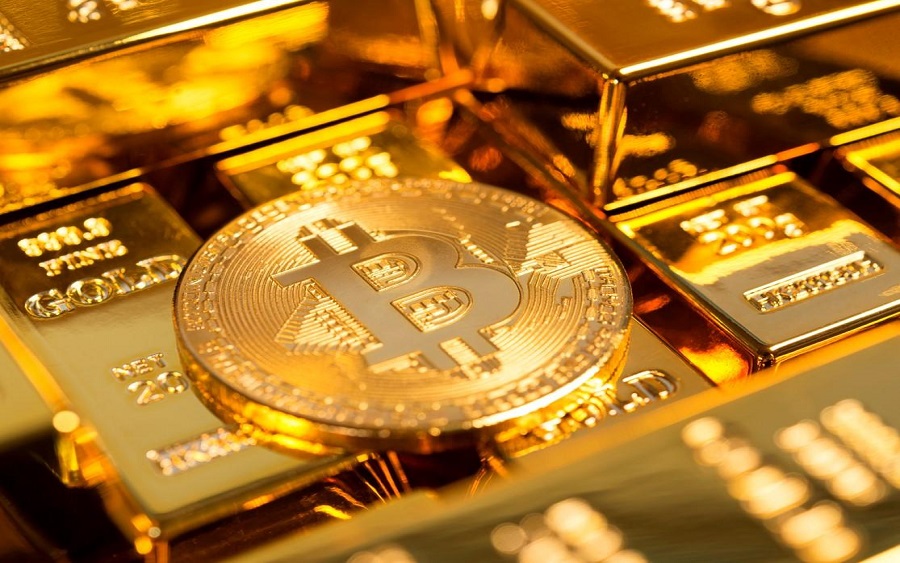While investors and market watchers await the ripples of Bitcoin halving, experts in Luno have great expectations of the event.
Bitcoin halving is a planned reduction in rewards miners receive that happens once every four years or so and this will be the third since Bitcoin was launched in 2009.
A halving is a 50% reduction in the value of rewards to Bitcoin miners, as it is generated by miners. How it works? They have computers performing complex calculations that validate the transactions on a public digital ledger, called the blockchain. Here, the miners compete with each other to earn newly-issued tokens known as a block reward.
READ ALSO: Analysts forecast when Nigeria’s Bonny Light could hit $50
Experts predict
Chief Executive Officer, Luno, Marcus Swanepoel, expects Bitcoin to return to its all-time highs within the next one year and 18 months.
He said, “I believe we are currently at the beginning of a long upward trend, one that, considering the broader economic environment, is set to experience increased volatility, especially in the next few weeks.
“Nevertheless, with the halving and with some patience, we will see that same sharp increase common with previous halvings, even if it will take a bit longer than usual to get there.”
READ MORE: COVID-19: Impacts on Nigerian consumer packaged goods
According to him, a recent poll of Luno users revealed that most users (75%) expect the bitcoin price to be “higher” or “much higher” by the end of 2020.
“That is the reason it was only less than 5% of the users are willing to sell their bitcoin over the next six months, as more than 90% expecting to buy more, increase trading or hold on to their crypto over the same period of time,” he said.
On how the price will be affected, General Manager, Luno Africa, Marius Reitz, explained that the halving would drive the demand for Bitcoin and that will push the prices.
He said, “If you drop supply of anything by 50%, usually it drives demand and therefore prices increase. Many have upped their holdings in anticipation of a bull run.
READ ALSO: Bitcoin is giving better returns than the Nigerian stock market
“Countries with unstable currencies like South Africa have seen Bitcoin as a safe haven and good store of value and with governments printing money all over the world, inflation is likely to be higher than in the past. The Covid-19 situation may reduce the purchasing power of fiat currency, prompting more people to consider Bitcoin.”
He recalled that since there have only been two previous halvings, it means there are only two data points, which is not significant enough to devise a trend.
“If supply slows down and demand stays constant, prices will rise. In the past, the halving has correlated with an increase in the price. The first halving took place on 28 November 2012, when one BTC was worth around $11.
“In the course of just a year after the event, Bitcoin’s price swelled to $1,100. The second halving took place in July 2016. Bitcoin maintained a price of around $600–$700 before flying to $20,000,” he added.



















When is it safe to buy bitcoin?